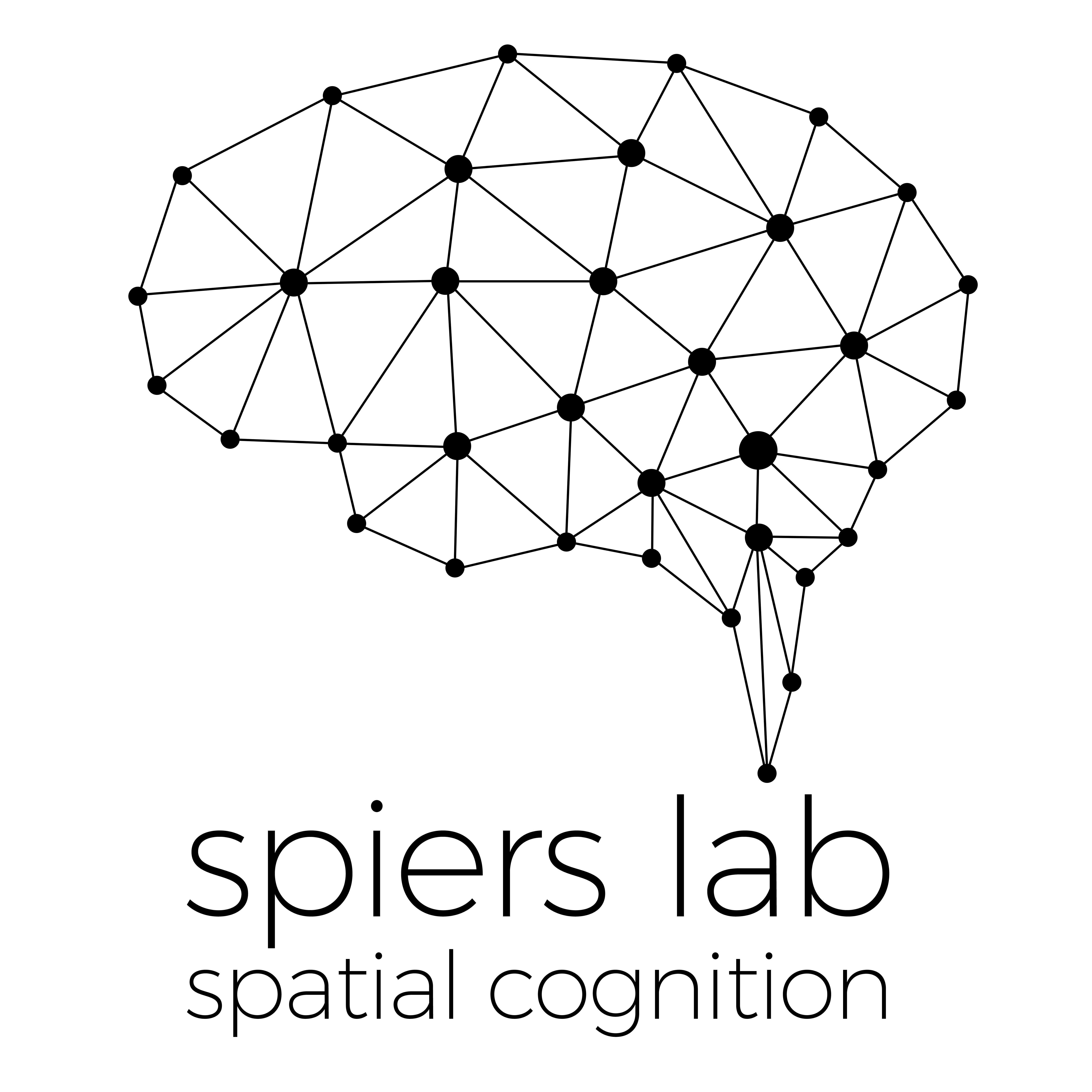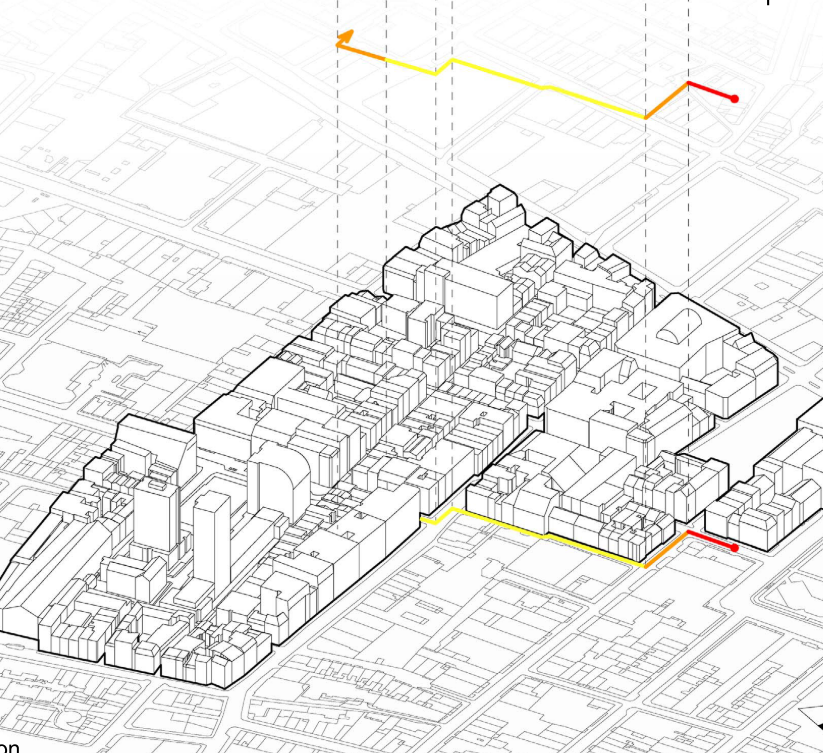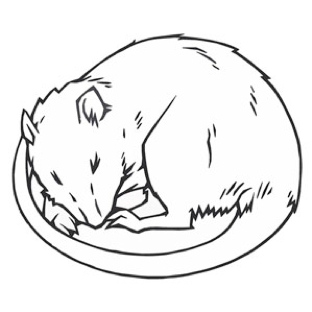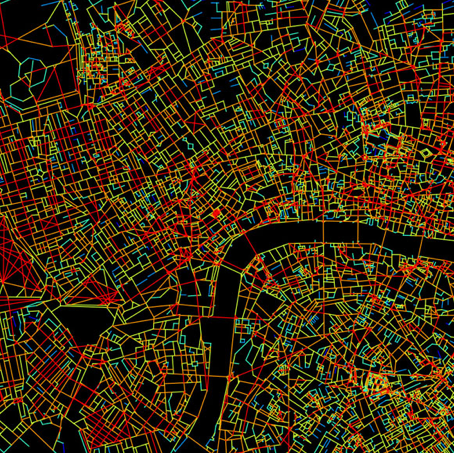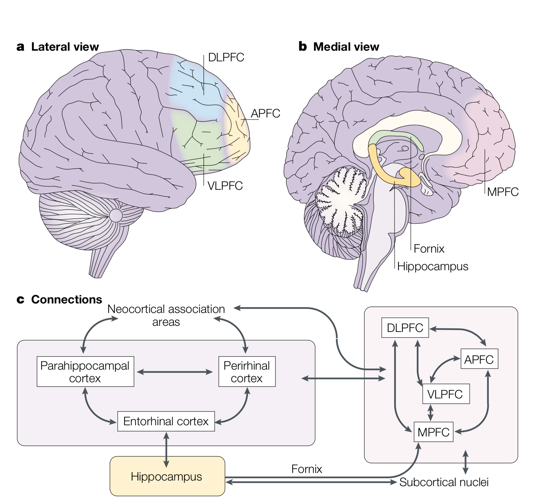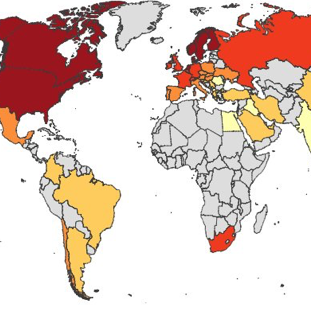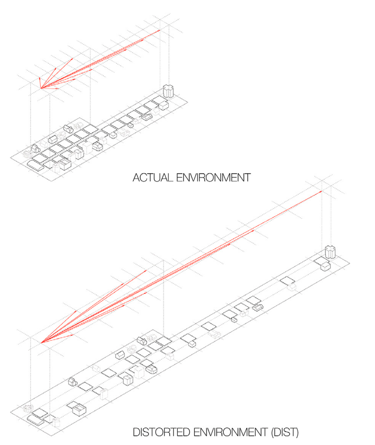Goal-coding for navigation
Arriving at a goal is the raison d'être of navigation. Surprisingly we still know little about how the brain codes goal-related spatial information, such as how far the goal is or which direction it lies in. Using fMRI we have found evidence that the hippocampus tracks the path distance to the goal (Howard et al., 2014 Cur Biol.; Balaguer et al., 2016 Neuron) and the entorhinal cortex tracks the Euclidean distance and the allocentric direction to the goal (Howard et al., 2014 Cur Biol.; Chadwick et al., 2015 Cur Biol). In rodents we have found that hippocampal CA1 neurons track the distance to the goal during a navigation task (Spiers et al., 2018 Hippocampus).
BACK TO THEMES
Replay, memory & sleep
Our research is exploring in rats and humans the importance of sleep for memory and navigation. We have shown that during quiet restful sleep epochs the hippocampal place cell activity appears to depict paths through unexplored space specifically if it will lead to a future reward (Olafsdottir et al. 2015 eLife). We have also shown that sleep impacts on our memory for high-rewarded objects in an environment (Javadi et al. 2015 Learning and memory). In recent work we have begun to explore how sleep deprivation may disrupt the typical consolidation of memories and neural dynamics for recently acquired knowledge.
BACK TO THEMES
Brain dynamics of real-world navigation
Studying how the brain supports memory recall and navigation in real-world environments is a significant challenge due to the immobility of standard fMRI and MEG methods. To surmount this challenge we have worked with highly detailed virtual reality based on real-world environments (Spiers and Maguire 2006), video and Google Street View simulations of real-world environments (Howard et al., 2014; Patai et al., 2017) and are exploring the use of fNIRS to record brain activity during fully mobile real-world navigation. We have recently begun to study real-world navigation ability using GPS-tracking (Coutrot et al., 2018) and in the recall of routes by London taxi drivers [link to related blog by Eva Griesbauer, PhD student in Spierslab]. Relevant publications from group: Spiers and Maguire 2006 Neuroimage Spiers and Maguire 2007 TiCS Howard et al., 2014 Cur Biol Javadi et al., 2017 Nat Comms Patai et al., 2017 BioaRix Coutrot et al., 2018 BioaRix See also: Article in Scientific American: https://www.scientificamerican.com/article/the-brain-takes-a-guided-tour-of-london/ What goes on in the mind of a London cabbie?
BACK TO THEMES
Prefrontal & hippocampal systems for memory
We are interested in how prefrontal cortex and the hippocampus support navigation and memory. In past theorical reviews we have proposed different mechanisms for how the hippocampus and PFC might interact for memory (Simons and Spiers 2003) and navigation (Spiers and Gilbert 2015 Frontiers in human neuroscience). We have recently begun to explore the PFC role in navigation in real space networks (Javadi et al., 2017 Nat Comms) and an artificial subway network (Balaguer et al., 2016 Neuron).
BACK TO THEMES
Global navigation ability
Some people are better navigators than others. Why? In our research we have begun to explore the world-wide demographic factors that may underlie some of these reasons. With funding from Deutsch Telekom and Alzheimer’s research UK we have been able to test over 4 million people world-wide on their navigation skill using our app – Sea Hero Quest. To read more click here.
BACK TO THEMES
Distortion of space & time
Humans and other animals share a remarkable ability to construct an internal representation of the environment – a ‘cognitive map’ (see Epstein et al., 2017 Nat Neuro). However, this internal map is typically distorted leading under or over estimations in travel times or distances. We have begun to explore how such internal maps are impacted by factors such as sleep/reward (Javadi et al., 2015 Learning and Memory), familiarity with the environment (Jafarpour and Spiers 2017 Hippocampus) and forced detours in the space (Brunec et al., 2017 Cognition).
Source image: Brunec et al., 2017 Cognition
